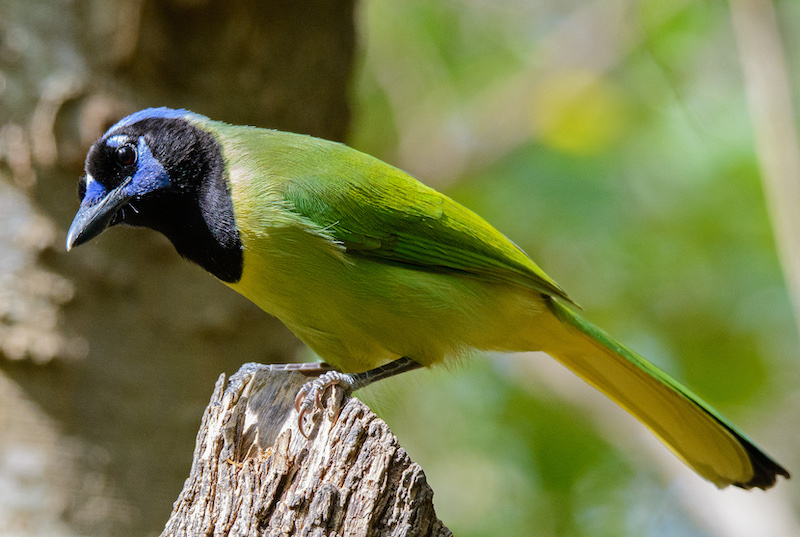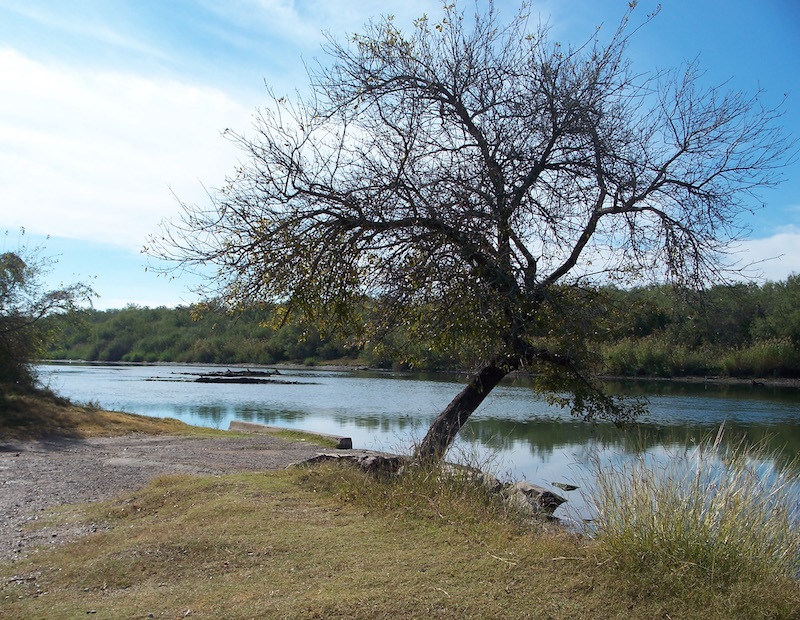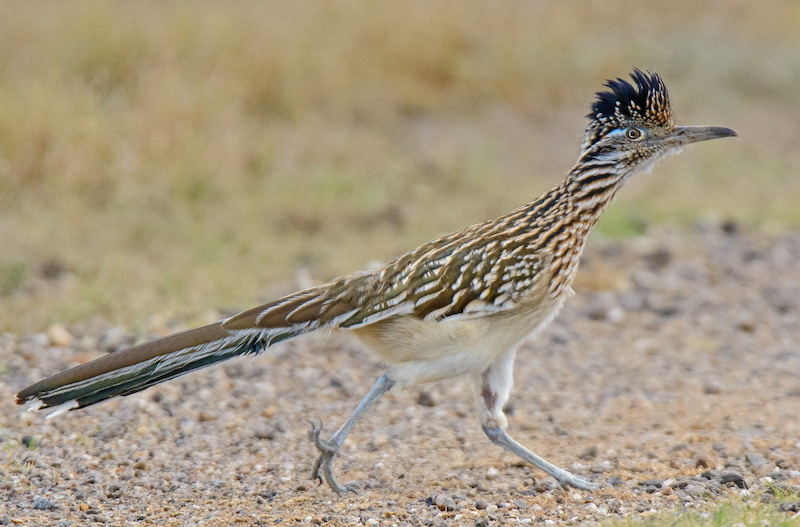Texas is a haven for birds and birders. No other state in the United States has more species within its boundaries. There are currently over 620 species documented in Texas, that is almost 75 percent of all bird species recorded in the continental United States. One of the reasons Texas is so birdy is due to its variety of habitats. Mountains, deserts, beaches, grasslands, swamps, riparian woodlands and coniferous forest can all be found and each holds its own variety of birds and other wildlife.
Texas has many locations to enjoy birds. Numerous state parks and national parks can be found throughout. The Great Texas Coastal Birding Trail extends along the entire Texas coast for 500 miles listing well over 300 birding sites. Accompanying maps help the visiting birder get to these sites and list some of the possible bird species that can be found. Work is currently being done on a birding trail that will extend from South Texas to North Texas.

A week long birding competition is held every April. The Great Texas Birding Classic is a competition in which birding teams compete against each other in trying to locate as many bird species as possible within a 24 hour period. All money raised goes to bird conservation projects. Texas is a birder-friendly state and it wants everyone to know about it. Texas also leads the country in the number of birding-related events and festivals
Many unique bird species are found here. Texas is the only state in the U.S where Golden-cheeked and Colima Warblers can be found. Many endangered and threatened birds are either residents in, or winter visitors to the state. Many restaurants, hotels and lodges are aimed at attracting birdwatchers.
A trip to Texas is strongly recommended for both expert and novice birders. It is a state with memorable scenery and birdlife. Please visit the links below for more information.
If you can only visit one area the lower Rio Grande Valley is thoroughly recommend; here one not only has lots of the US special birds but also a lot of birds more commonly associated with Central America!
Rio Grande Valley
The southernmost tip of Texas known as the Rio Grande Valley is one of the most popular birding and butterfly watching hotspots in the world. The four counties of Starr, Hidalgo, Willacy and Cameron form a subtropical coastal region with mild, dry winters and hot and humid summers.
Inland, the drier landscape is dominated by thick spiny brush. The unique climate in South Texas attracts nature aficionados from all over the nation, especially for birding and butterfly watching. The majority of Texan birds, butterflies, dragonflies, amphibians, reptiles and mammals can be found in South Texas – making it a premier spot for nature parks and wildlife.

The Rio Grande Valley also hosts eight annual nature festivals, as well as having many nature trails, viewing areas and events.
Top wildlife watching venues include:
Bentsen-Rio Grande Valley State Park
Bentsen-Rio Grande Valley State Park features more than 325 species of birds and over 250 species of butterflies on 760 acres of riparian woodland. Witness amazing hawk migrations, and enjoy bird walks and natural history tours at this key migratory stopover…
Chihuahua Woods Preserve
Chihuahua Woods Preserve in southern Hidalgo County is west of Bentsen Rio Grande Valley State Park, just south of the railroad tracks, immediately south of Business Highway 83 and west of FM 1427. It is a creation of the Nature Conservancy of Texas.
Edinburg Scenic Wetlands
A 40-acre wetlands oasis in the midst of a lively urban landscape, the Edinburg Scenic Wetlands offers watchable wildlife year-round in a setting friendly to birds, butterflies and other water-loving creatures…
Estero Llano Grande State Park
At the geographic center of the World Birding Center network, Estero Llano Grande State Park in Weslaco attracts a spectacular array of South Texas wildlife with its varied landscape of shallow lake, woodlands and thorn forest. Even beginning birders and nature lovers will enjoy exploring this 176-acre refuge, which is convenient to all the Rio Grande Valley has to offer…

Falcon State Park
Falcon State Park in Zapata County – This is a Texas State Park. Day use, and Camping are allowed. Public access to Falcon Lake, (part of the Rio Grande behind Falcon Dam) is provided by this park.
Laguna Atascosa National Wildlife Refuge
Laguna Atascosa NWR is the largest protected area of natural habitat left in the Lower Rio Grande Valley, an oasis for wildlife with few alternatives. The refuge’s 45,000 acres become more valuable with each acre lost to development–valuable to wildlife and valuable to those who enjoy wildlife in wildlands….
Sabal Palm Sanctuary
The Center is home to many native species of plants and animals that reach the northernmost limit of their Mexican range here and do not occur elsewhere in the U.S. Cradled in a bend of the Rio Grande along the U.S./Mexico border, the Sabal Palm Audubon Center harbors one of the most beautiful and critical ecosystems of South Texas and Northern Mexico….
Santa Ana National Wildlife Refuge
Santa Ana National Wildlife Refuge is a 2,080-acre natural preserve on the banks of the Rio Grande seven miles south of Alamo in Hidalgo County. The refuge is noted for its unusual birds, mammals, butterflies, and plants…
South Padre Island Birding and Nature Center
A slender thread of land between the shallow Laguna Madre and the rolling Gulf of Mexico, South Padre Island anchors the World Birding Center with nature adventures in every season…
A highly recommended birding (and reptile) spot is:
Aransas National Wildlife Refuge (Map)
This is the site for overwintering Whooping Cranes and an observation tower has been built to give long views over the marshes and island where they may be found. The tower is ramped for wheelchair users and gives terrific views of many waterbirds and waders. [Brilliant for herpetologists too with many species of snakes sunning themselves on tracks in the early mornings, and also for mammals with Armadillo being present in good number.]
Major Source: Fatbirder
Map Source: Googlemaps™
Photo Source: Birding Ecotours
